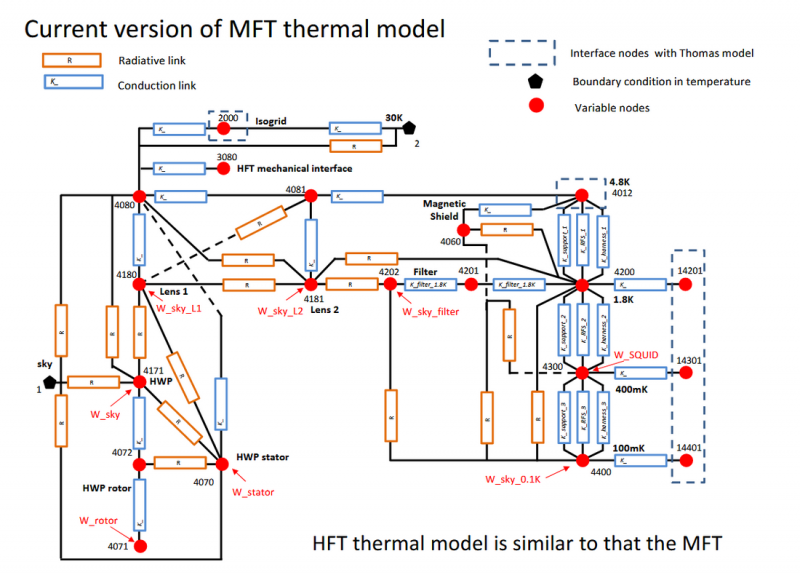The LiteBIRD project
LiteBIRD, the Lite (Light) satellite for the study of B-mode polarization and Inflation from cosmic background Radiation Detection, is a Japan-led space mission aiming at constraining primordial cosmology and fundamental physics via high precision measurement of the Cosmic Microwave Background (CMB) polarization. After three generations of satellites (COBE, WMAP and Planck), it will be the first space mission for CMB studies completely dedicated to polarization. LiteBIRD is a strategic large-class mission in Japan and is strongly supported in Europe by French (CNES) and Italian (ASI) space agencies. The launch is expected in the late 2020s using JAXA’s H3 rocket and the mission will survey the full sky from its vantage point at L2.
LiteBIRD main scientific objective is to carry out a definitive search for the signal from cosmic inflation, either making a discovery or ruling out well-motivated inflationary models. It will constrain with unprecedented precision the tensor-to-scalar-ratio r: the total uncertainty on the measure of r is expected to be δr < 0.001 at 68% CL. The measurements of LiteBIRD will also provide us with an insight into the quantum nature of gravity and other new physics beyond the standard models of particle physics and cosmology. To reach these goals LiteBIRD will carry out observations over three years, scanning the full sky in 15 frequency bands between 34 and 448 GHz with three telescopes, to achieve a total sensitivity of 2.16 uK-arcmin with a typical angular resolution of 0.5 degrees at 100 GHz.
Beyond the use of more than 4,000 TES detectors, LiteBIRD design is also based on a high control of instrumental systematic effects, in particular via the use of three continuously rotating half-wave plates
Science activities at APC
LiteBIRD is a JAXA mission with a strong involvement of Europe, and in particular CNES which is PI of two (MFT and HFT) of the three instruments. In this context, APC participates in many scientific aspects of the mission preparation, such as the foreground subtraction problem and the instrumental effect evaluation.
- Instrumental and astrophysical systematic effects, modeling and correction -- APC plays a central role in the modeling, simulations and derivation of calibration requirements. The team is also expert in the modeling, characterization and removal of galactic foregrounds, which are the main limitation to the detection of primordial gravitational waves; Data analysis and cosmological interpretation -- APC is also performing the cosmological analysis on the systematic-corrected and foreground-cleaned CMB maps; Theory --- although not official LiteBIRD members, several APC researchers are studying the performance of LiteBIRD in constraining inflationary or other exotic early Universe scenarios.
Several APC members are also active members of the Interim Governance Board, co-leading the international systematic Joint Study Group as well as the performance team.
Technical activities at APC
APC participates to the instrument development, being part of the System Group as thermal architecture and simulations experts (the responsibility of the thermal architecture has been transferred from LESIA to APC in 2021). A participation into the AIT (Assembly, Integration, Tests) activities of instrument focal planes is under discussion with the consortium.

Present team members
M. Bucher, K. Ganga, L. Grandsire, J.-Ch. Hamilton, M. Le Jeune, G. Patanchon, J. Errard, M. Piat, C. Leloup, J.-P. Thermeau, R. Stompor and W. Wang.
